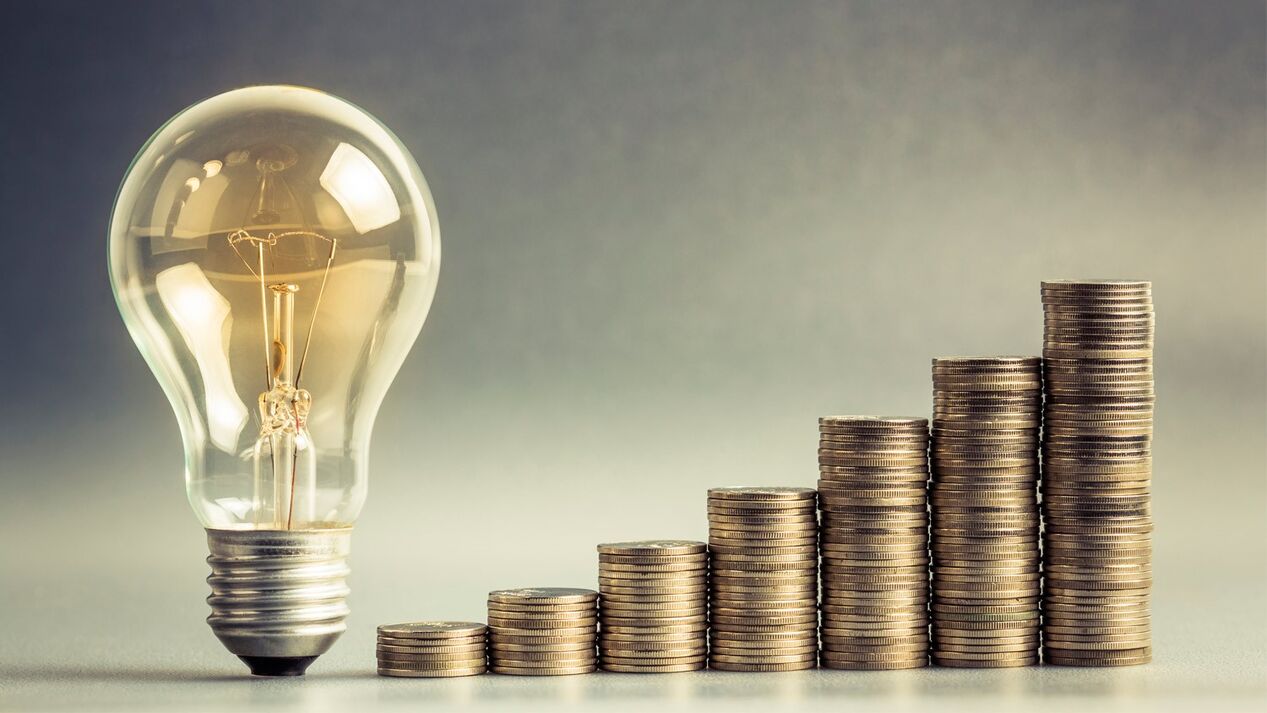Electricity is a resource used in all domains of civilization. The price of electricity per kilowatt-hour continues to rise, and the demand for consumption reduction is more urgent. Energy saving means rational consumption of electricity and includes a range of solutions: scientific, organizational, legal, economic and technological.

Conserving electricity is not only a financial issue, it is also an important environmental challenge. The world's energy reserves are gradually depleted, and nature is damaged in the production process: the environment is polluted by the emissions of fuel combustion products. Therefore, energy saving is a measure that can minimize negative impact on the environment and save money.
Where does the kilowatt go and how to reduce consumption
Few would have thought that a charger left in the network would continue to work in idle mode. It works with all power supplies, pulses and transformers. Consumption depends on the power of the device. The amount of power wasted in a year can be surprising.
In addition, modern appliances are equipped with displays, indicators such as the clock on a microwave oven or a blinking LED on a stereo system. They also consume energy. The solution is to disconnect memory, regularly used home appliances from the network.
The most "gluttonous" electrical appliances
Top 10 most energy-intensive appliances in every home:
- refrigerator. It consumes about 40-60 kW per month. To reduce these numbers, you need to open fewer doors.
- washing machine. Consumes 40-50 kW, the exact figure depends on the frequency of washing, the mode used.
- computer. 35-40 kW. Most users only turn it off at night.
- electric kettle. It consumed a record amount of energy in 1 hour, 28-30 kW in a month.
- hair dryer. 25 kW for daily use.
- dishwasher. 22-25 kW, depending on equipment power, operating hours.
- microwave. If used 3 times a day, consume 16-20 kW per month, plus 2-3 hours per week for defrosting food.
- TV set. Operating hours 13 kW - up to 5 hours per day. Standby instead of off increases this number.
- Vacuum cleaner and coffee machine. If there are no more than 2 active hours per week, they will use the same amount of electricity - 10-12 kW.
- iron. Moderate use - 7-8 kW.
In order not to get upset every time you receive electricity bills, you should first choose household appliances according to your needs. It is impractical to buy a professional high-power vacuum cleaner for a small apartment, just like a 10kg washing machine for a family of two.
Every device has an energy saving rating and you should take the time to research its features before purchasing.
Does standby mode help save equipment?
Manufacturers claim that the power consumption of home appliances in hibernation mode is minimized. This statement is partly true: consumption has dropped significantly. However, there are specific numbers that cast doubt on actual savings.
Experience has shown that a TV with a diagonal of 50 cm costs 9 kW per month in sleep mode, a stereo system - 7-8 kW, a video player - 4-5 kW. If we add to this list a computer, a microwave with an always-on display, chargers and other appliances that we forgot to put in the socket, the total annual consumption would be 370-420 kW.
This proves that disconnecting the device from the network is still worthwhile for the real savings.
How to save power? A good counter is an efficient approach
All apartments, houses, industrial facilities are equipped with devices to calculate electricity consumption. In addition to its immediate purpose - fixing metrics, the device contributes to significant savings.
Modern electronic meters support multi-rate functionality, allowing you to schedule energy-intensive tasks for hours at a reduced cost per kilowatt. Provider companies have introduced tariff allocations to reduce network load during peak hours, enticing users to use electricity during less busy times.
There are the following periods with different unit costs:
- T1 - Daytime: From 7am to 11pm. Tariffs are standard.
- T2 - Night Phase: From 11pm to 7am. Lowest price per kilowatt.
- T3 - peak period: morning - until 10 o'clock, evening - 20 o'clock to 23 o'clock. Unit cost increases.
At night, electricity prices are reduced by up to 70%. Many users put home appliances such as washing machines and dishwashers into "delayed start" mode. The device automatically starts working at the specified time and consumes the resources paid for at the lower rate.
To reduce energy consumption without sacrificing comfort, it is enough to buy a multi-rate electronic meter and the savings will be simple and effective.
























